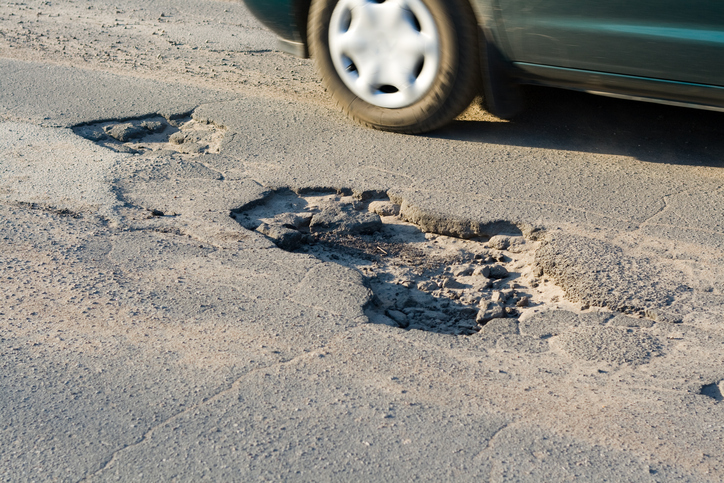The Impact Rush Hour Traffic Has on Vehicles Explained for Students in Auto Mechanic Training
Have you ever wondered why car enthusiasts consider a vehicle’s highway miles to be different from city driving miles? The reason is that city driving, which usually involves excessive stopping and acceleration, is extremely hard on a vehicle. The impact that driving in rush hour traffic has on a car is much harsher than the impact of driving on a highway. Rush hour traffic isn’t just bad for a car’s engine. It can expedite a whole load of problems or worsen existing damage, which could land a car owner in your future repair shop.
If you’re considering a career as an auto mechanic, read on to learn more about the effect city driving has on vehicles.
Students in Auto Mechanic Training May Know Idling in Traffic Damages a Car’s Engine
Depending on the city, commuters driving in rush hour traffic can spend over an hour trying to get where they are going. In bad traffic a lot of that time may be spent idling. Not only is idling hazardous for the environment and a waste of fuel, it’s also a nightmare for an engine’s health.
When vehicles sit idling for extended periods of time, the engine oil becomes dirty and contaminated—especially in diesel engines. This happens when excess air enters the idling engine. The air cools the cylinder liners and any unburned fuel begins to stick to the cylinder walls. The unburned fuel turns into deposits, which can travel to the engine, contaminate the engine’s oil, and make the engine lubricant much less effective.

According to Natural Resources Canada, when an engine idles on a regular basis, the life of engine oil may be reduced by approximately 75 per cent. This means that after auto mechanic training you may see that cars which frequently idle in traffic will come into your shop for more oil changes than normal.
Students in Mechanic Colleges May Notice More Exterior Damage on City Cars
Drivers are much more susceptible to getting into an accident when driving in the city and close to home. Highway driving, on the other hand, sees much fewer accidents—although the accidents that do occur are usually more serious.
Rush hour is one of the busiest times on the road, and there are many more opportunities for exterior vehicle damage to occur. With everyone hastily trying to get to work or school, accidents are bound to happen. During your auto mechanic career, you may notice that cars that frequently commute in rush hour traffic have more dents, bumps, and scratches.
Students in Auto Mechanic Training May Know Traffic Can Damage a Car’s Brakes & Suspension
Most severe rush hour traffic occurs on city streets. Although some highways, on-ramps, and off-ramps can get congested, the worst of it happens within city boundaries.
In rush hour traffic, it’s common for drivers to alternate between steady driving and stop and go. The constant changes in speed and repetitive braking to stop for pedestrians, stalled vehicles, emergency vehicles, or red lights wear down a vehicle’s brakes over time. To help reduce wear and tear, professionals who have attended mechanic colleges can recommend that their clients leave adequate following distance while driving in rush hour traffic.

In addition to brake damage, rush hour traffic and city driving can also damage a vehicle’s suspension. City roads are much more likely to have potholes and construction. Going over uneven roads every single day can put a strain on and wear down a vehicle’s suspension over time, leading to more repairs.
Do you want to become an automotive mechanic in Cambridge?
Contact Automotive Training Centres today to learn more!


